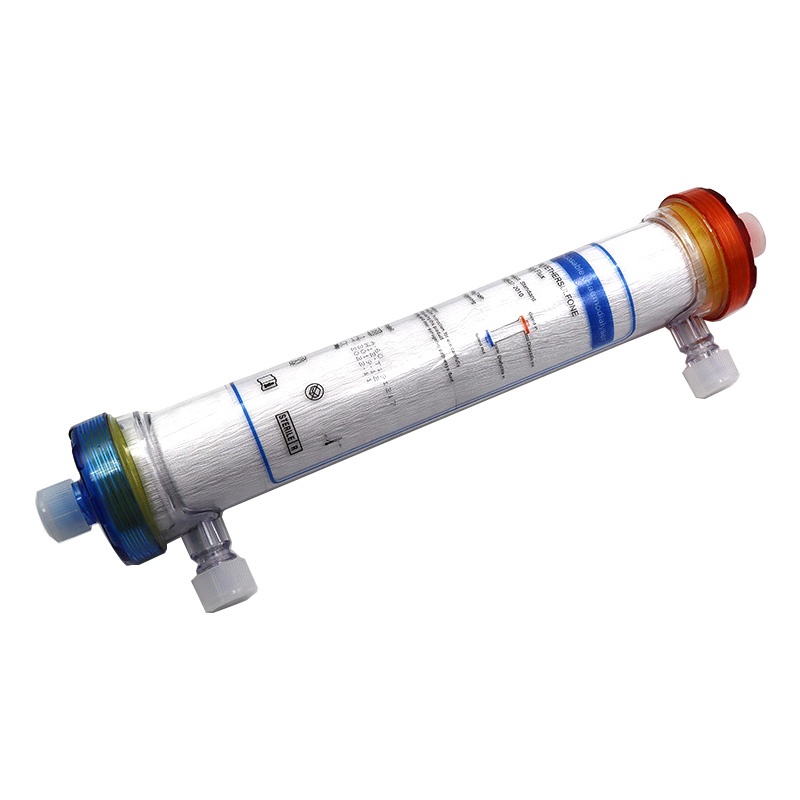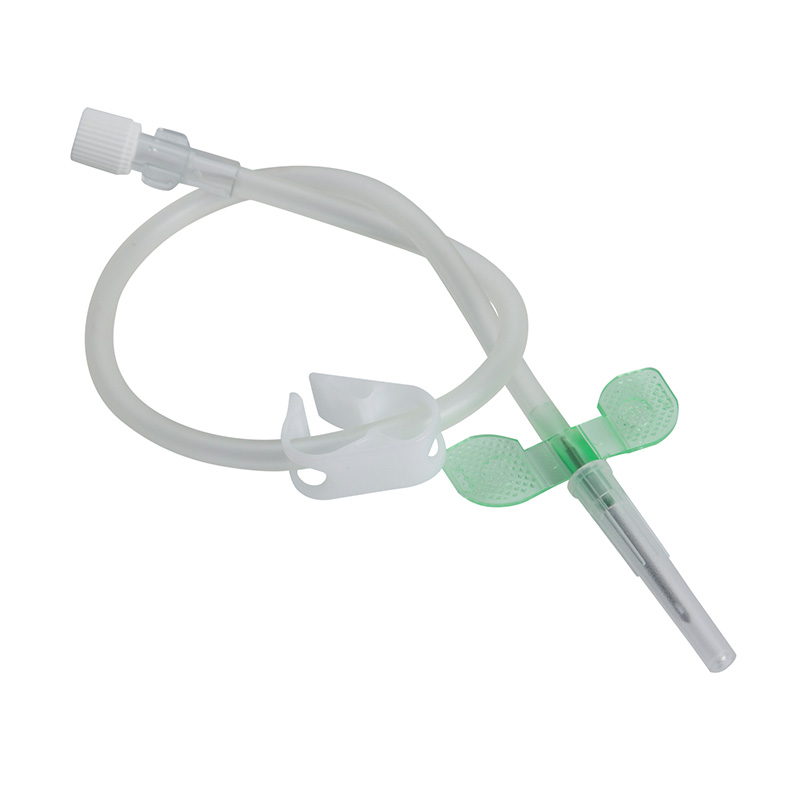When it comes to effective hemodialysis treatment, selecting the right hemodialysis dialyzer, and dialyzer needle is crucial. Each patient's needs vary, and medical providers must carefully match dialyzer types and AV fistula needle sizes to ensure optimal therapy outcomes. In this article, we'll explore different dialyzer types (high flux, medium flux, low flux), dialyzer needle gauges (15G, 16G, 17G), and their relationship to blood flow rates, giving you a complete overview of these important medical devices.
Dialyzer Types
A dialyzer is often referred to as an artificial kidney. It filters waste products and excess fluids from the blood when the kidneys can no longer perform this task effectively. There are three primary types of hemodialysis dialyzers based on permeability and performance: high flux, medium flux, and low flux.
- High Flux Dialyzers: These dialyzers have larger pores, allowing for rapid removal of small and middle molecules, including some larger toxins that traditional low flux dialyzers cannot eliminate. High flux membranes often result in shorter treatment times and better patient outcomes, particularly in reducing long-term complications.
- Medium Flux Dialyzers: Positioned between high and low flux options, medium flux dialyzers provide moderate removal of both small and middle molecular weight toxins. They are commonly used when there is a need for efficient clearance without risking excessive albumin loss.
- Low Flux Dialyzers: These are older generation dialyzers with smaller pores, primarily targeting small molecule clearance, such as urea and creatinine. They are often used for patients with stable conditions and lower toxin burdens.
Selecting the right hemodialysis dialyzer depends on a patient's clinical situation, vascular access capability, and overall health goals.

AV Fistula Needle Sizes: 15G, 16G, and 17G
The AV fistula needle is another critical medical device in hemodialysis. Needles come in various gauges (G), each suitable for different blood flow rates and patient needs.
- 15G AV Fistula Needle: Larger in size, the 15G dialyzer needle supports high blood flow rates, typically up to 450 mL/min. It's ideal for patients requiring rapid dialysis or those with robust vascular access.
- 16G AV Fistula Needle: Slightly smaller, 16G needles are commonly used and can handle blood flow rates around 300-400 mL/min. They offer a balance between flow efficiency and patient comfort.
- 17G AV Fistula Needle: Thinner than 15G and 16G, the 17G needle is used for lower blood flow rates, around 200-300 mL/min. This needle is preferable for patients with delicate veins or new AV fistulas still maturing.
Choosing the right AV fistula needle gauge affects not only treatment efficiency but also long-term vascular access health. Using a needle too large for a fragile fistula can cause damage, while using one too small might limit the effectiveness of the treatment.
Blood Flow Rate and Dialysis Efficiency
Blood flow rate is a key factor in determining dialysis adequacy. Generally, a higher blood flow rate improves toxin clearance, but it must match both the dialyzer capability and the AV fistula needle size.
- High Flux Dialyzers typically require and support higher blood flow rates (up to 450 mL/min), making them compatible with 15G or 16G needles.
- Medium Flux Dialyzers can function effectively at moderate blood flow rates (300-400 mL/min), ideal for 16G needles.
- Low Flux Dialyzers often operate with lower blood flow rates (200-300 mL/min), aligning well with 17G needles.
Incorrect matching can lead to inefficient dialysis sessions, increased treatment times, or unnecessary stress on the vascular access.
Conclusion
Understanding the synergy between hemodialysis dialyzer types, dialyzer needle gauges, and blood flow rates is vital for achieving optimal dialysis outcomes. Whether choosing between high flux, medium flux, or low flux dialyzers, or selecting the appropriate 15G, 16G, or 17G AV fistula needle, every decision directly impacts patient health.
For healthcare providers, staying informed about the latest advancements in medical devices ensures that patients receive the best possible care. The right combination of dialyzer and needle size not only improves dialysis efficiency but also protects vascular access and enhances the patient's quality of life.
Post time: Apr-27-2025








